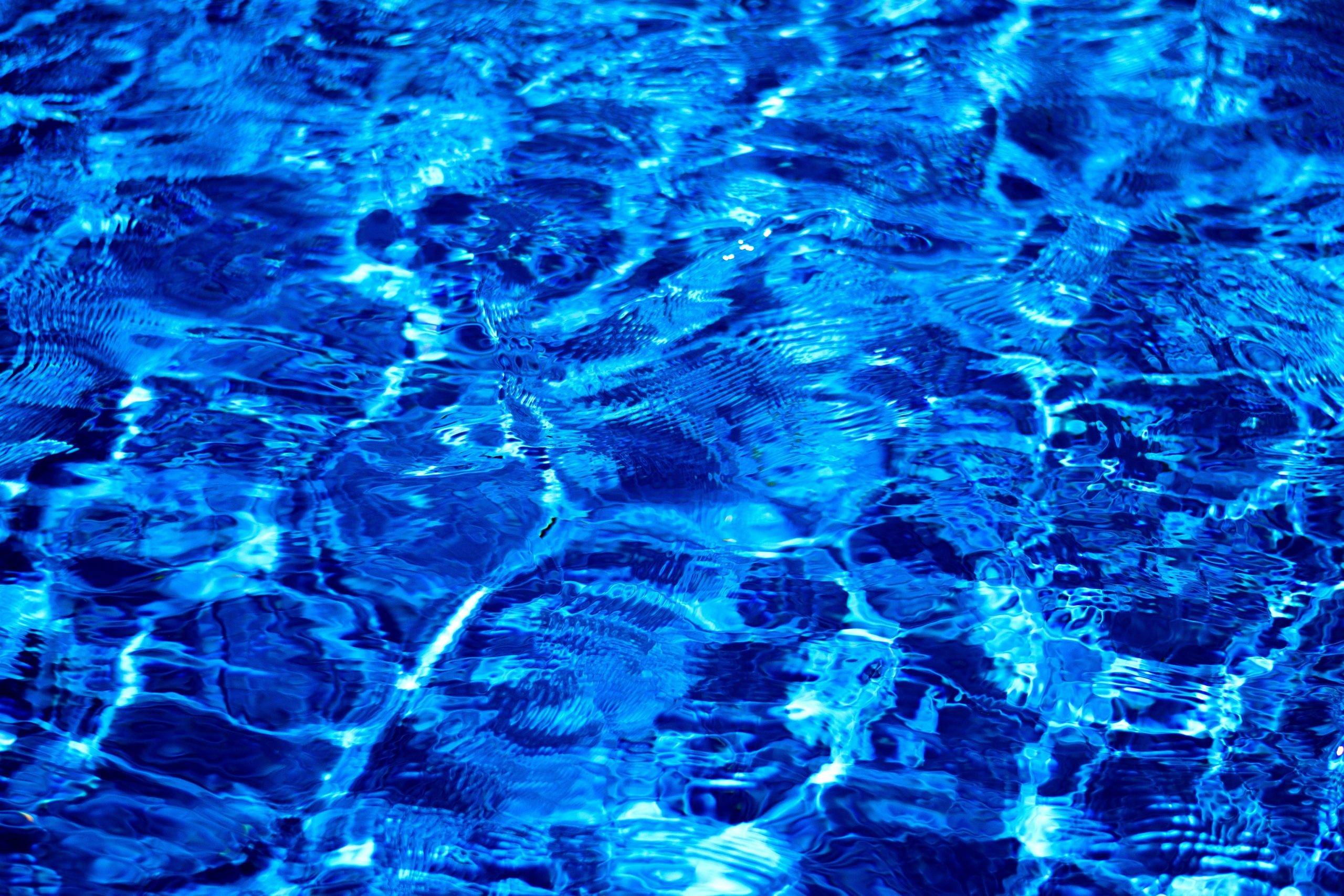Organics are based on carbon and inorganic are based on non carbon atoms like nitrogen.
In swimming pools, organic chloramines form when chlorine reacts with organic matter, and these chloramines can lead to trihalomethane (THM) formation, which are disinfection byproducts potentially harmful to humans.
When chlorine bonds to ammonia, it tries to oxidize the nitrogen by removing electrons, but the nitrogen holds on to the electrons and it is a slow process.
UV light is absorbed by the electrons and gives them enough energy to move from the nitrogen to the chlorine causing the nitrogen to convert into nitrogen gas and the chlorine to become chloride.
4NH
3 + 3HOCl + 3OCl
- --> 2NClH
2+ 2NCl
2H + 3H
2O + 3OH
- --> 2N2 + 6H
2O + 3H
+ + 6Cl
-
UV in sunlight or from a UV system will oxidize chloramines.
Monchloramine 245 nanometers
Dichloramine 297 nanometers
Trichloramine 260 and 340 nanometers.
The four Trihalomethanes are:
[CHCl3] Trichloromethane (chloroform) [3 chlorines]
[CHClBr2] Dibromochloromethane [1 chlorine, 2 bromine]
[CHCl2Br] Bromodichloromethane [2 chlorine, 1 bromine]
[CHBr3] Tribromomethane [3 bromines]
The EPA's most current regulations limit the concentration of these 4 chemicals added together (total trihalomethanes, or TTHM) to 80 parts-per-billion (ppb/µg/L).
The most common in chlorinated swimming pools: chloroform.
The carbon can be oxidized to carbon dioxide with a +4 for carbon like the burning of methane.
Organics are more persistent.
For a high use indoor pool, you need a supplemental sanitization system like ozone or UV.
I would use a good commercial grade UV system.
Some places are required to use a Secondary Disinfection System according to apsp-11_2019
The ANSI/APSP/ICC-11 2019 American National Standard for Water Quality in Public Pools and Spas provides recommended minimum guidelines for the specifications for recreational water quality parameters in public pools and spas. An Appendix A includes explanatory sections about the values for the...

issuu.com
View attachment 631245
View attachment 631248
View attachment 631249
The ANSI/APSP/ICC-11 2019 American National Standard for Water Quality in Public Pools and Spas provides recommended minimum guidelines for the specifications for recreational water quality parameters in public pools and spas.
An Appendix A includes explanatory sections about the values for the requirements listed in the body of the standard.
Based on health-related scientific information, this standard can be incorporated into national or regional health codes, and adopted by state and/or municipalities as a local code or ordinance.





